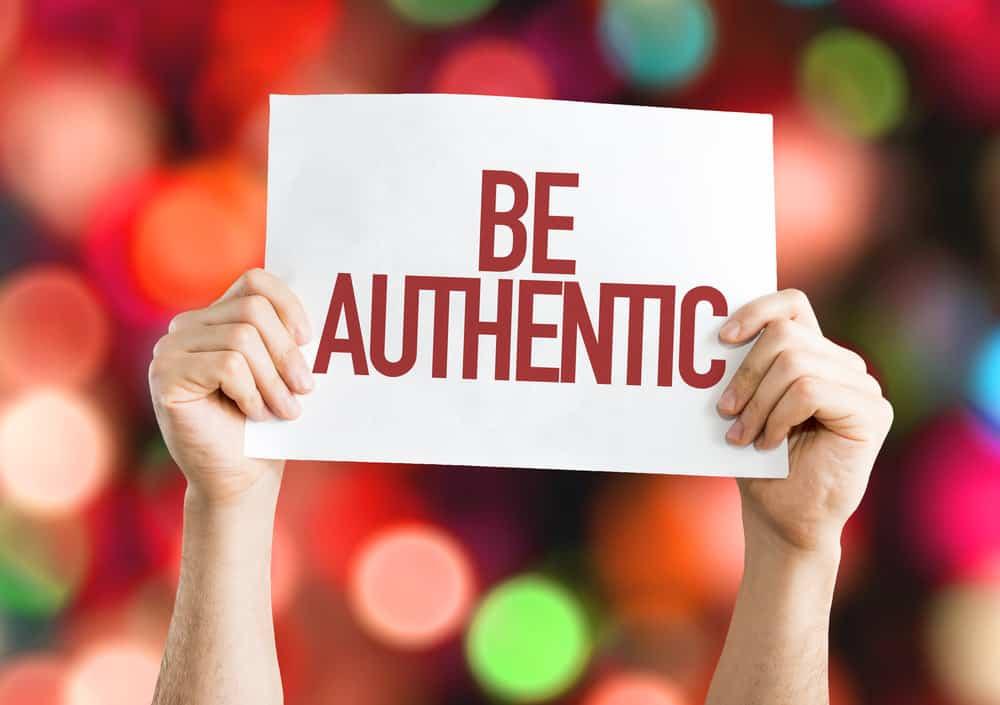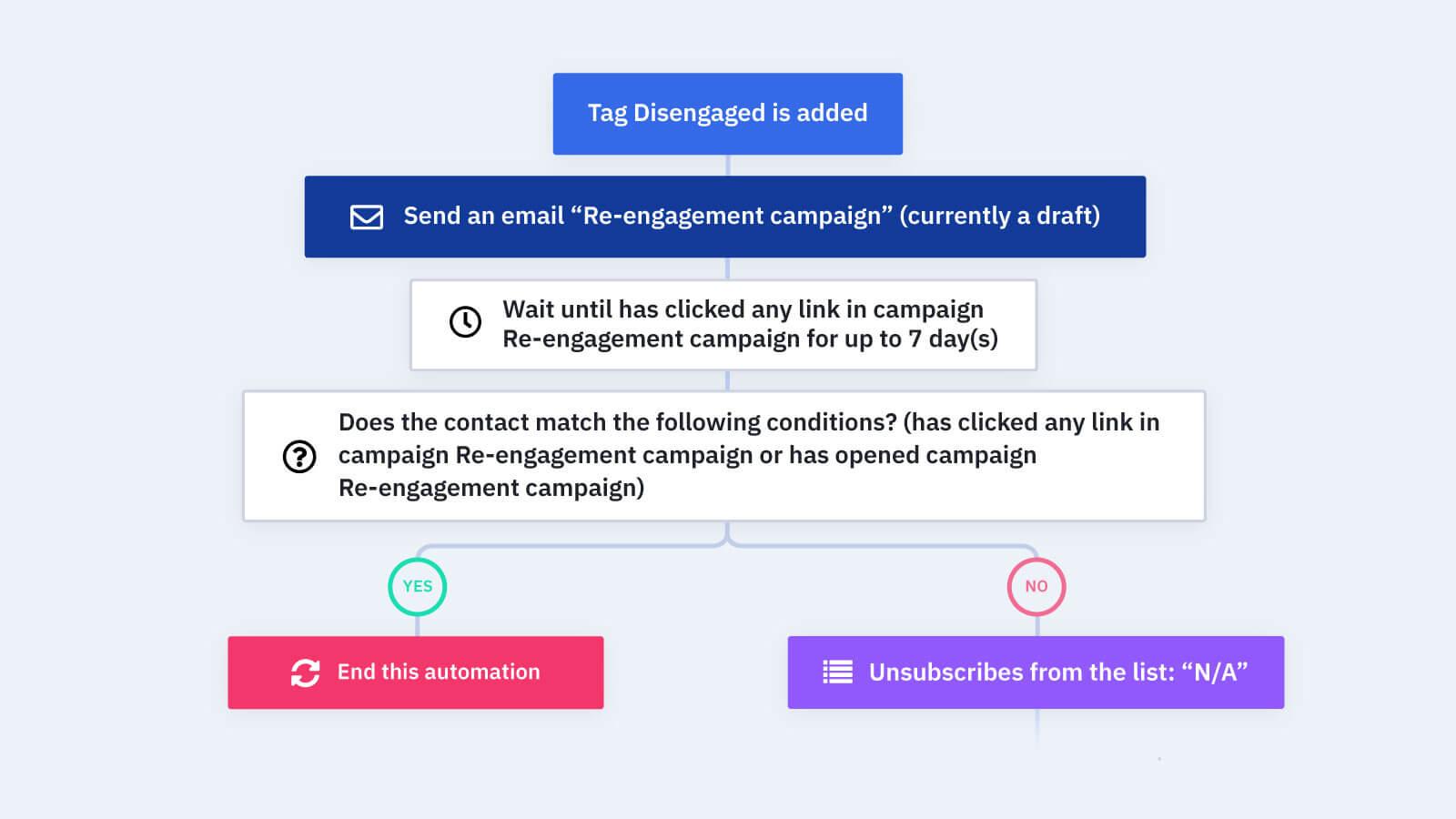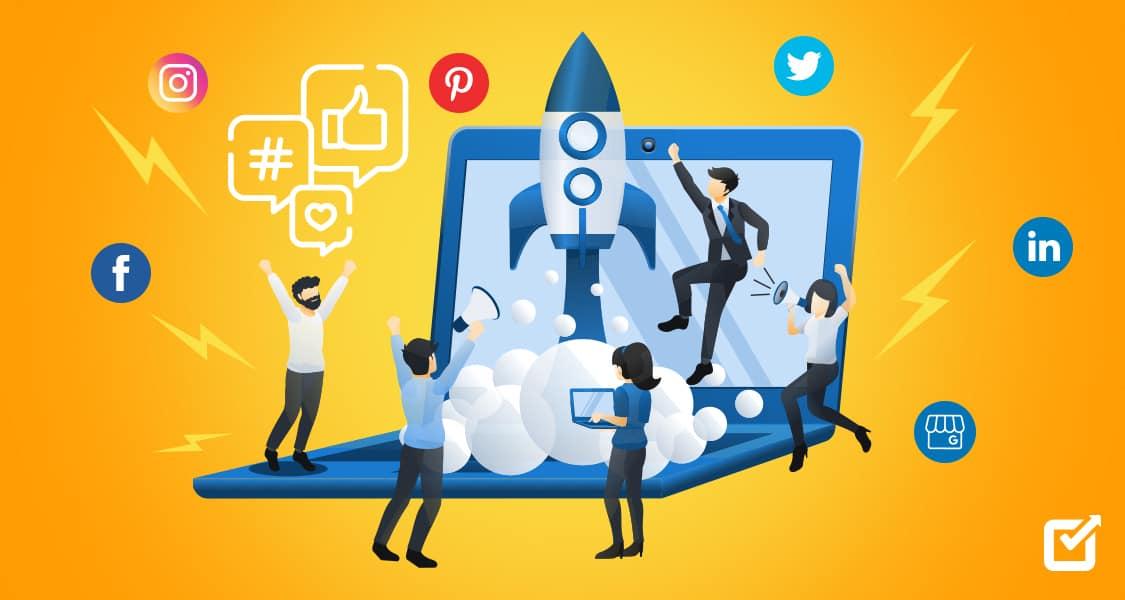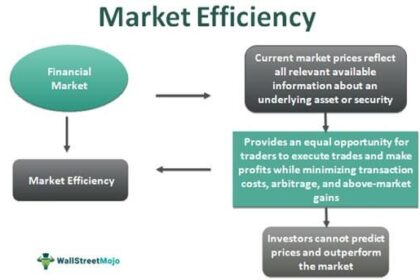In an era where the digital landscape shifts faster than the blink of an eye, businesses are constantly seeking innovative ways to capture attention and foster meaningful connections with their audiences. Enter social media automation, a strategic response to the frenetic pace of online engagement. With the click of a button, companies can now orchestrate their interactions, all while freeing up precious time and resources. This article delves into the phenomenon of social media automation, exploring how it is revolutionizing engagement practices and what that means for marketers navigating the complexities of the virtual realm. Join us as we unravel the threads of this evolving strategy, highlighting its benefits, challenges, and the future it promises for businesses and consumers alike.
The Evolution of Social Media Automation and Its Impact on Engagement Strategies
The landscape of social media has transformed drastically over the years, allowing marketers to harness technology for more effective engagement. With the advent of automation tools, brands can now streamline their interactions and maintain consistent communication across platforms. Key advancements have included:
- Scheduling Posts: Automating the timing of posts ensures content reaches audiences at peak engagement periods.
- Chatbots: Providing instant responses to customer inquiries enhances user experience and fosters brand loyalty.
- Data Analytics: Automation tools can analyze audience behavior, enabling tailored strategies for personalized engagement.
This evolution has not only facilitated efficiency but has also shifted how brands conceptualize and implement engagement strategies. By analyzing the effectiveness of automated campaigns, companies can refine their approaches in real-time. A comparative look at traditional versus automated engagement methods reveals significant contrasts:
| Aspect | Traditional Engagement | Automated Engagement |
|---|---|---|
| Response Time | Often delayed | Immediate |
| Resource Allocation | High | Lower |
| Personalization | Limited | High |

Key Tools and Platforms Revolutionizing Social Media Management
In the ever-evolving landscape of social media management, several innovative tools and platforms are emerging as game-changers. These solutions not only enhance productivity but also offer insights that pave the way for strategic engagement. Some of the most notable tools include:
- Hootsuite: A robust platform that allows users to schedule posts, track social media interactions, and analyze performance metrics all in one place.
- Buffer: Known for its user-friendly interface, Buffer helps streamline the posting process, providing optimal timing suggestions to maximize audience engagement.
- Sprout Social: This tool excels in social listening and analytics, enabling brands to understand trends and sentiment in real-time.
- Later: A visual content planner tailored for Instagram, Later allows users to design their feeds with a drag-and-drop interface while also automating post scheduling.
Additionally, leveraging data analytics tools enhances decision-making processes, ensuring that strategies are data-driven and results-oriented. Below is a brief overview of some platforms that focus on analytics:
| Platform | Key Features |
|---|---|
| Google Analytics | Website traffic analysis, user behavior insights, and conversion tracking. |
| Social Insider | Competitive analysis, content performance tracking, and audience insights. |
| Keyhole | Real-time hashtag tracking, keyword monitoring, and sentiment analysis. |

Balancing Authenticity and Automation: Best Practices for Meaningful Interaction
In a world where social media automation is becoming increasingly prevalent, finding the sweet spot between authentic interaction and automated engagement can be challenging yet essential. Businesses and individuals alike must tread carefully to ensure that their automated efforts do not sacrifice genuine connections with their audience. Implementing thoughtful strategies can help maintain this balance, such as:
- Personalized responses: Use automation tools that allow for a touch of personalization, ensuring responses feel less robotic.
- Scheduling content: Plan and schedule posts for peak engagement times while remaining flexible to interact in real-time.
- Using analytics: Regularly assess engagement metrics to adjust automated strategies based on audience feedback and behavior.
Another effective approach is to incorporate occasional live interactions into the automated workflow. This can create opportunities to engage authentically with followers, breaking the monotony of automated posts and fostering a sense of community. An ideal plan should consider a mix of automation and real-time engagement, reflected in the content strategy’s structure. An example of a simple weekly engagement plan could look like this:
| Day | Activity | Type |
|---|---|---|
| Monday | Scheduled inspirational quote | Automated |
| Wednesday | Live Q&A session | Authentic |
| Friday | Interactive poll | Automated |

Measuring Success: Metrics and Analytics for Automated Engagement Campaigns
In the fast-paced world of digital marketing, measuring the effectiveness of automated engagement campaigns is crucial for understanding their impact and refining strategies. Businesses need to track a variety of key performance indicators (KPIs) to gauge success accurately. Consider monitoring metrics such as:
- Engagement Rate: Likes, shares, comments, and overall interactions.
- Click-Through Rate (CTR): The percentage of users who click on links within your posts.
- Conversion Rate: The number of users who complete a desired action, such as signing up for a newsletter.
- Follower Growth Rate: The increase in followers over a specific period.
Utilizing analytics tools can also enhance data collection and insights. Utilizing social media dashboards can provide real-time analysis and facilitate comparison across platforms. A simple yet effective way to visualize this data is through the use of tables that summarize key findings:
| Metric | Current Month | Previous Month | Change (%) |
|---|---|---|---|
| Engagement Rate | 5.2% | 4.8% | +8.33% |
| CTR | 3.1% | 2.7% | +14.81% |
| Conversion Rate | 1.5% | 1.2% | +25% |
| Follower Growth Rate | 10% | 7% | +42.86% |
These metrics not only showcase the effectiveness of automated campaigns but also highlight areas needing improvement. Regular analysis allows marketers to pivot and refine their messaging strategies, ultimately leading to stronger brand engagement and increased ROI.
Final Thoughts
As we navigate this brave new world of digital communication, the rise of social media automation stands as both an opportunity and a challenge. By streamlining engagement, brands can connect more efficiently with their audiences, fostering relationships that resonate in a crowded marketplace. Yet, the delicate balance between automation and authentic interaction remains paramount. As we embrace these tools, we are reminded that the heart of social media lies in genuine connection.
As we look to the future, it becomes clear that automation is not a replacement for human touch but rather a facilitator of it. By leveraging these technologies wisely, businesses can ensure they remain agile and responsive in an ever-evolving landscape. The question now beckons: how will you choose to weave automation into your social tapestry? the goal is not just about streamlined engagement—it’s about enriching conversations that bring us closer together, one post at a time.



